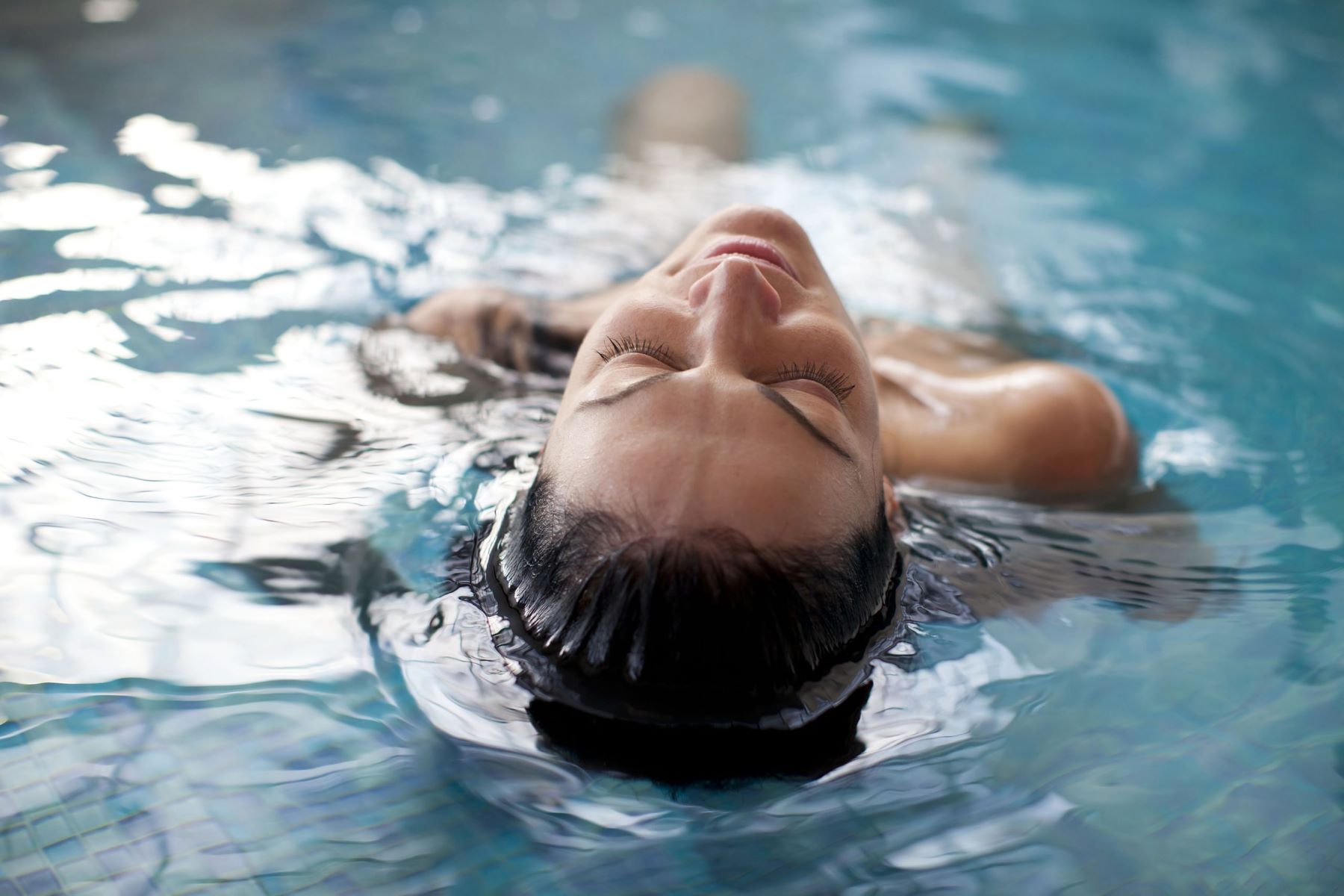
Hydrotherapy is an ancient practice that uses water to promote health and well-being. But what makes it so special? Hydrotherapy involves using water in various forms—hot, cold, steam, or ice—to treat different ailments and improve overall health. From soothing sore muscles to boosting circulation, this therapy offers numerous benefits. Hydrotherapy can be experienced in many ways, such as hot baths, steam rooms, or even cold plunges. It's not just for athletes or those recovering from injuries; anyone can enjoy its advantages. Curious about how hydrotherapy can enhance your life? Let's dive into 50 fascinating facts about this age-old therapy.
Key Takeaways:
- Hydrotherapy uses water for pain relief and treatment, improving blood circulation, relaxing muscles, and boosting the immune system. It's been used since ancient times and offers various health benefits.
- From ancient civilizations to modern medicine, hydrotherapy has been used for healing and wellness. It includes hot tubs, cold plunges, and aquatic exercise, offering benefits for physical and mental well-being.
What is Hydrotherapy?
Hydrotherapy uses water for pain relief and treatment. This practice dates back to ancient civilizations and remains popular today. Let's dive into some fascinating facts about hydrotherapy.
- Hydrotherapy can improve blood circulation by dilating blood vessels.
- Warm water can help relax muscles, reducing tension and pain.
- Cold water therapy can reduce inflammation and swelling.
- Hydrotherapy can boost the immune system by stimulating white blood cell production.
- It can improve joint flexibility and range of motion.
- Hydrotherapy can help with stress relief by promoting relaxation.
- It can aid in detoxification by encouraging sweating and toxin release.
- Hydrotherapy can improve skin health by increasing blood flow to the skin.
- It can help with respiratory issues by loosening mucus and phlegm.
- Hydrotherapy can improve sleep quality by promoting relaxation and reducing stress.
Historical Background of Hydrotherapy
Hydrotherapy has a rich history, with roots in ancient cultures. From Roman baths to modern spas, water has always been a source of healing.
- Ancient Egyptians used hydrotherapy for therapeutic purposes.
- Romans built elaborate bathhouses for social and health benefits.
- Hippocrates, the father of medicine, advocated for hydrotherapy.
- Hydrotherapy was popular in ancient Greece and used for various ailments.
- Native Americans used hot springs for healing and rituals.
- Hydrotherapy gained popularity in Europe during the 19th century.
- The first hydrotherapy clinic was established in Germany in the 1820s.
- Hydrotherapy was used to treat soldiers during World War I and II.
- Hydrotherapy is still used in traditional Chinese medicine.
- Modern hydrotherapy techniques have evolved from these ancient practices.
Types of Hydrotherapy
There are various forms of hydrotherapy, each with unique benefits. From hot tubs to cold plunges, different methods cater to different needs.
- Hot tubs can help with muscle relaxation and pain relief.
- Cold plunges can reduce inflammation and improve circulation.
- Contrast baths alternate between hot and cold water for therapeutic effects.
- Steam baths can help with respiratory issues and detoxification.
- Saunas use dry heat to promote sweating and relaxation.
- Whirlpool baths can provide a gentle massage effect.
- Aquatic exercise can improve strength and flexibility.
- Watsu is a form of aquatic bodywork that combines massage and stretching.
- Hydrotherapy pools are used for rehabilitation and physical therapy.
- Sitz baths can help with hemorrhoids and other pelvic issues.
Benefits of Hydrotherapy
Hydrotherapy offers numerous health benefits. Whether for physical or mental well-being, water therapy can be a powerful tool.
- Hydrotherapy can help with chronic pain management.
- It can improve cardiovascular health by promoting blood flow.
- Hydrotherapy can aid in weight loss by increasing metabolism.
- It can improve digestion by stimulating the digestive system.
- Hydrotherapy can help with arthritis by reducing joint pain and stiffness.
- It can improve mental health by reducing anxiety and depression.
- Hydrotherapy can enhance athletic performance by aiding in recovery.
- It can help with fibromyalgia by reducing pain and fatigue.
- Hydrotherapy can improve balance and coordination.
- It can help with migraines by reducing tension and promoting relaxation.
Hydrotherapy in Modern Medicine
Modern medicine has embraced hydrotherapy for its therapeutic benefits. From rehabilitation to wellness, hydrotherapy is a valuable tool in healthcare.
- Hydrotherapy is used in physical therapy for injury rehabilitation.
- It is used in occupational therapy to improve daily functioning.
- Hydrotherapy can help with post-surgery recovery.
- It is used in sports medicine to aid in athlete recovery.
- Hydrotherapy can help with neurological conditions like multiple sclerosis.
- It is used in pediatric therapy for children with developmental delays.
- Hydrotherapy can help with chronic fatigue syndrome.
- It is used in geriatric care to improve mobility and reduce pain.
- Hydrotherapy can help with burn recovery by promoting healing.
- It is used in mental health treatment to reduce stress and anxiety.
Hydrotherapy's Impact on Health
Hydrotherapy offers a range of benefits that can improve both physical and mental well-being. From easing muscle pain to reducing stress, water-based treatments have been used for centuries to promote healing. Regular sessions can enhance circulation, boost the immune system, and even aid in detoxification. Whether through hot baths, cold plunges, or aqua aerobics, incorporating hydrotherapy into your routine can lead to noticeable improvements in overall health.
It's not just about relaxation; it's about rejuvenation and recovery. Many people find that hydrotherapy helps with chronic conditions like arthritis and fibromyalgia. Plus, it's a great way to unwind after a long day. So, next time you're feeling tense or sore, consider giving hydrotherapy a try. Your body and mind will thank you for it.
Frequently Asked Questions
Was this page helpful?
Our commitment to delivering trustworthy and engaging content is at the heart of what we do. Each fact on our site is contributed by real users like you, bringing a wealth of diverse insights and information. To ensure the highest standards of accuracy and reliability, our dedicated editors meticulously review each submission. This process guarantees that the facts we share are not only fascinating but also credible. Trust in our commitment to quality and authenticity as you explore and learn with us.


